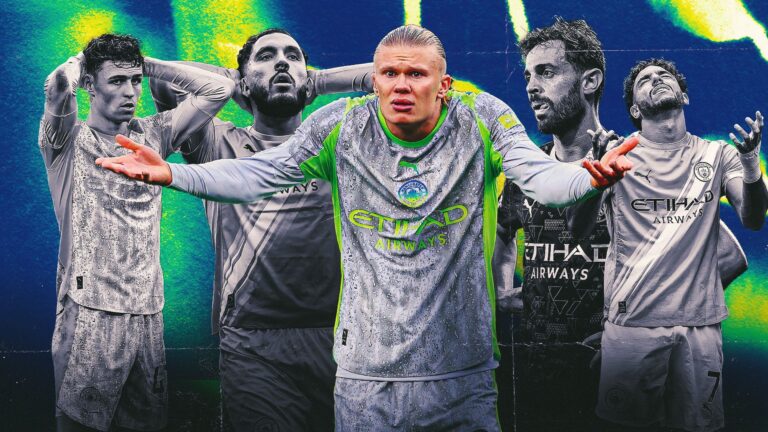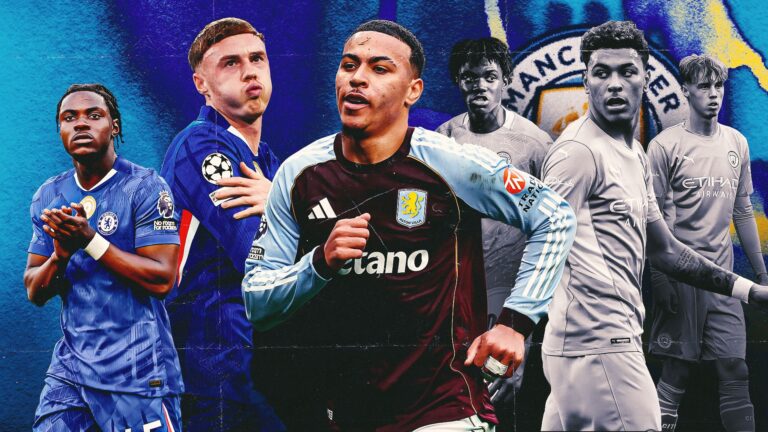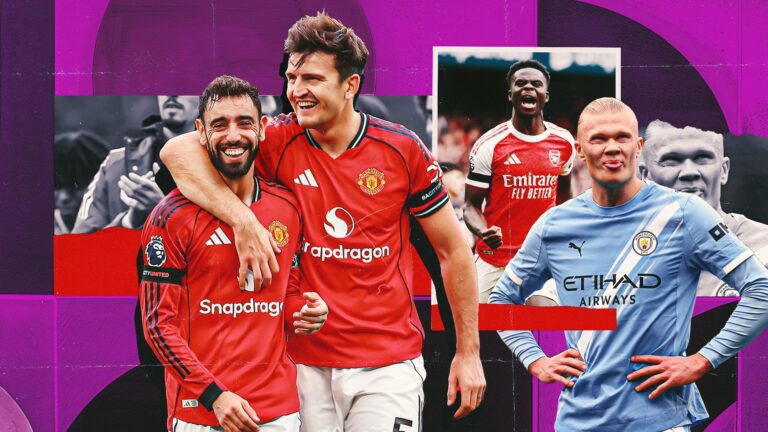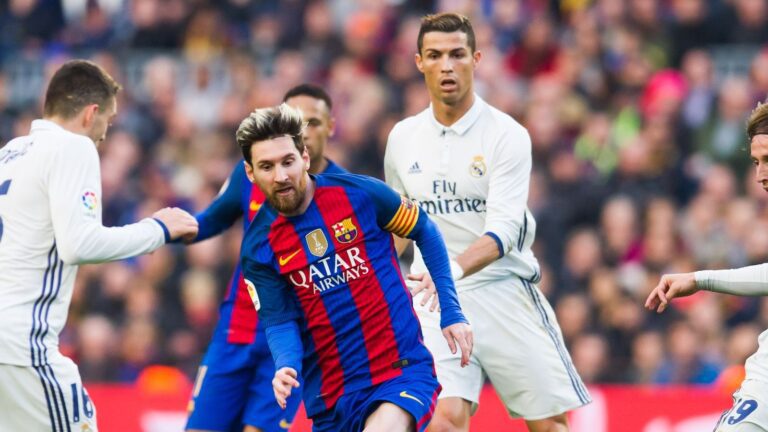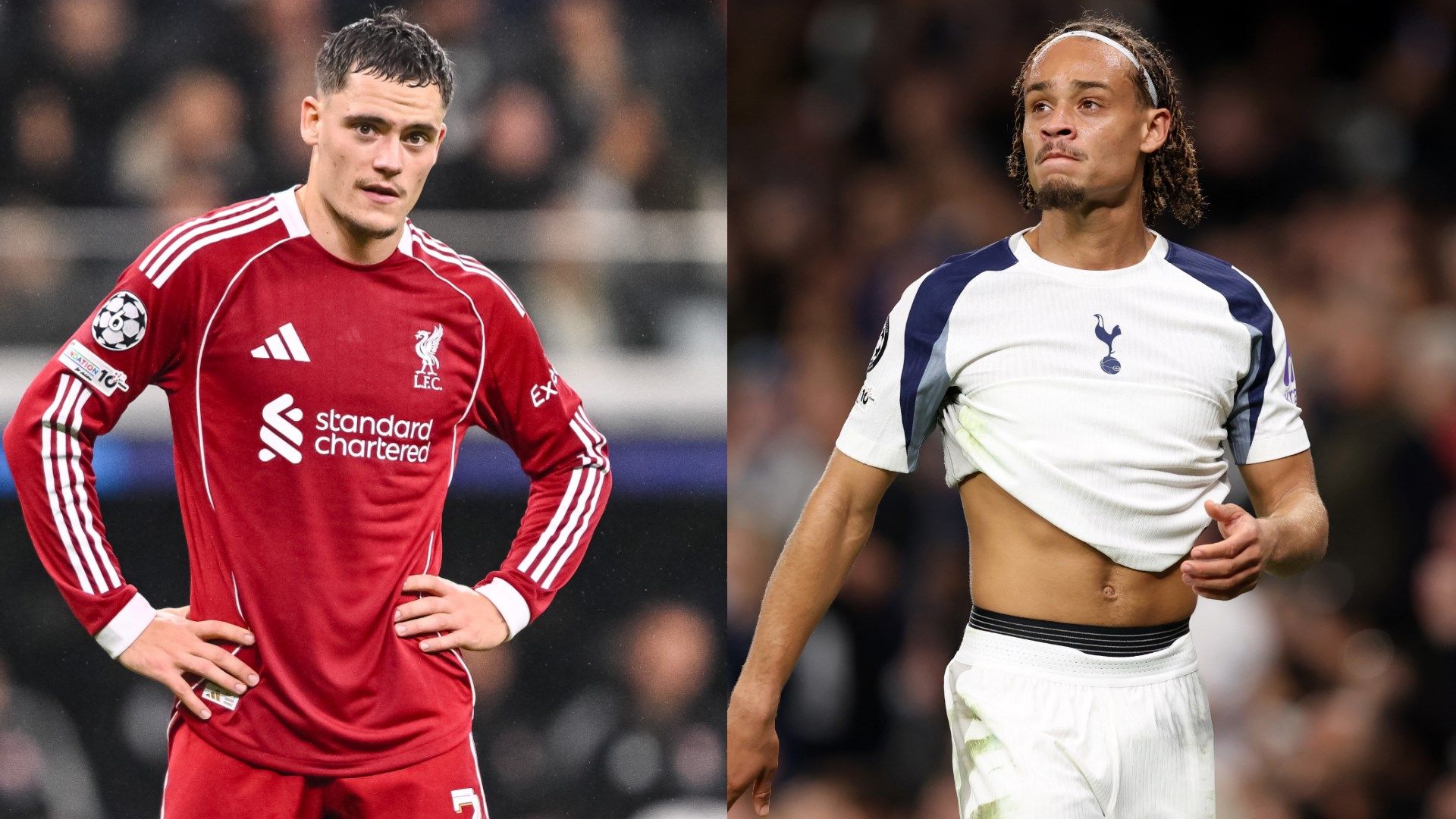


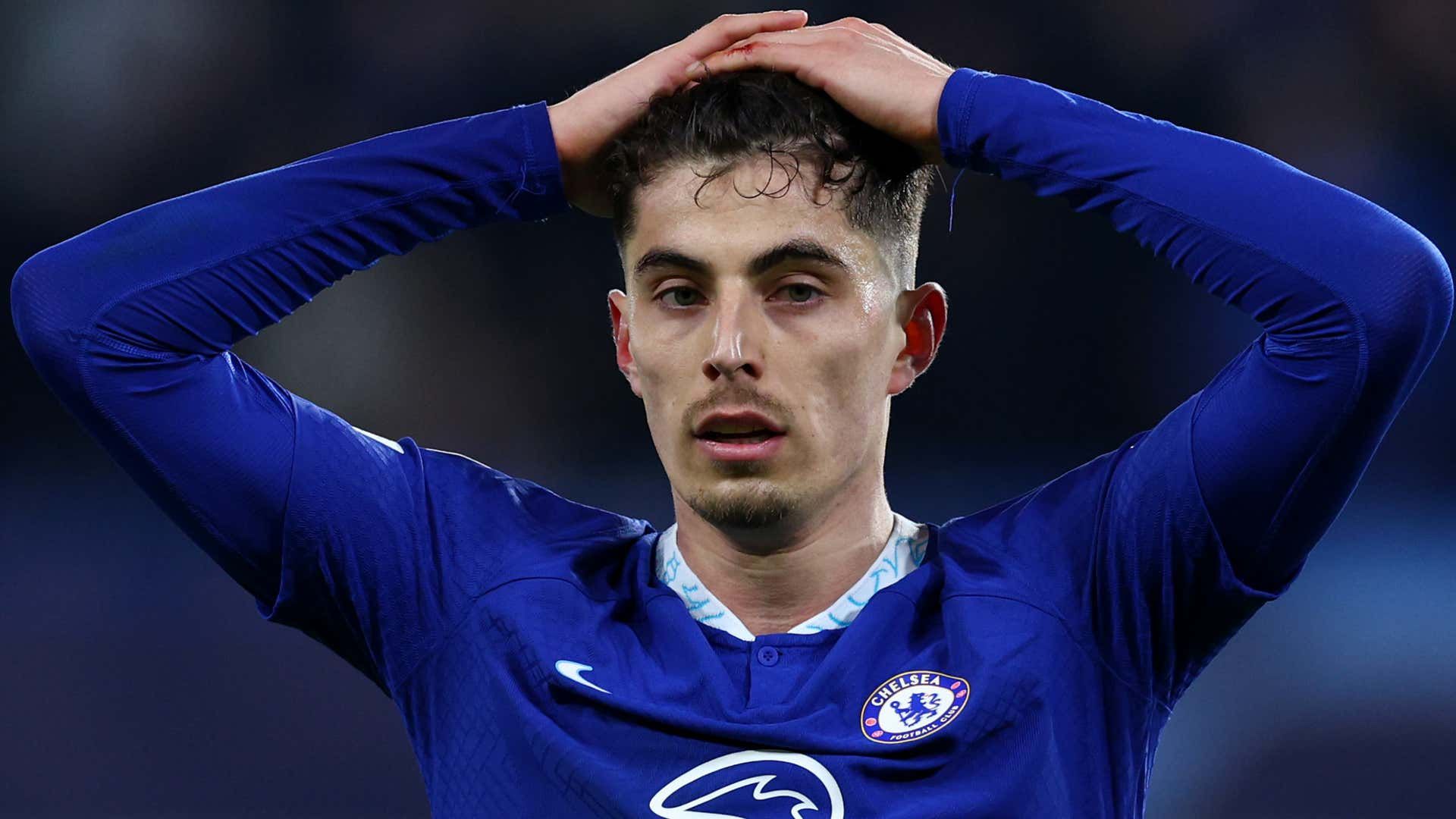
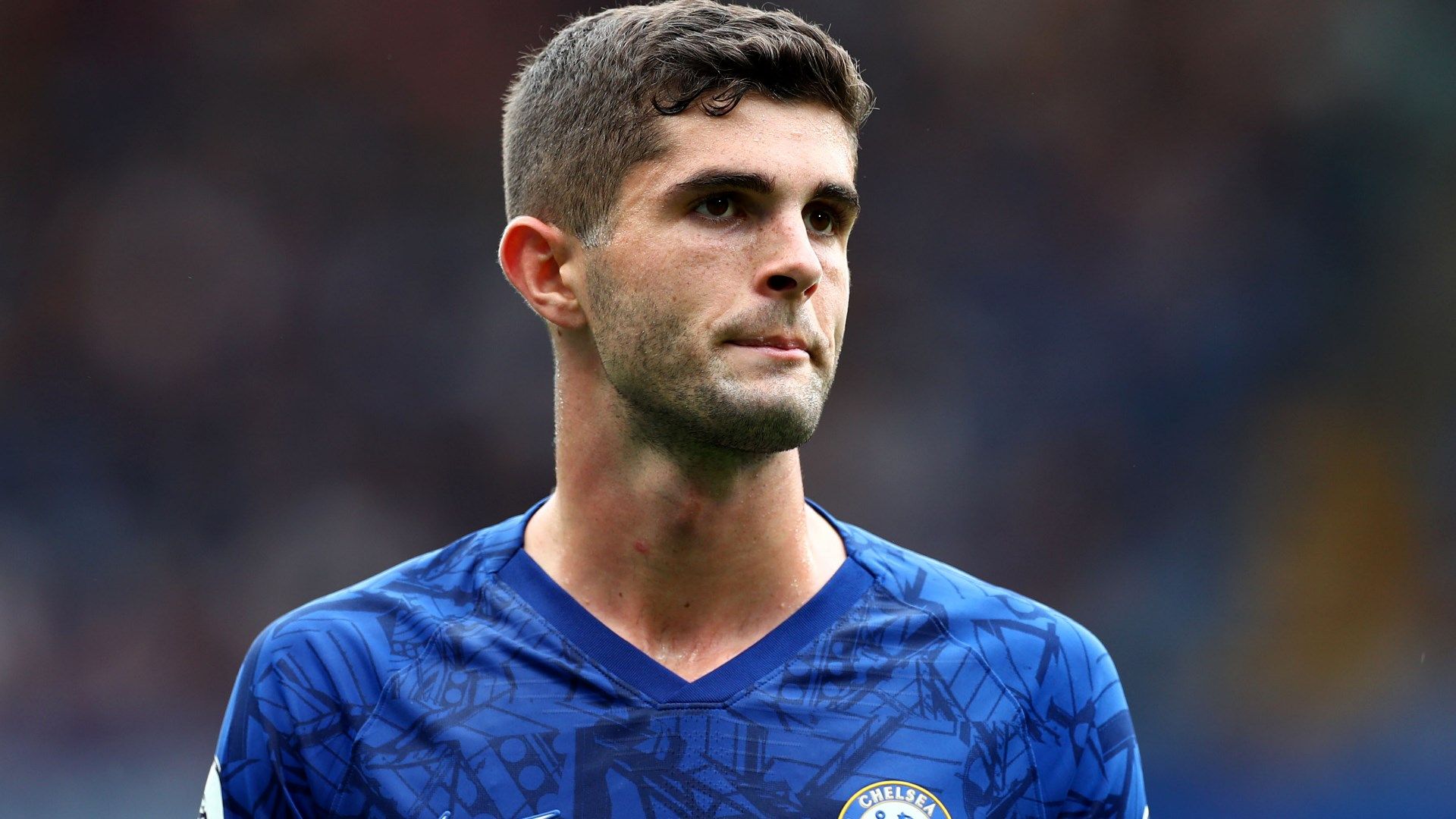
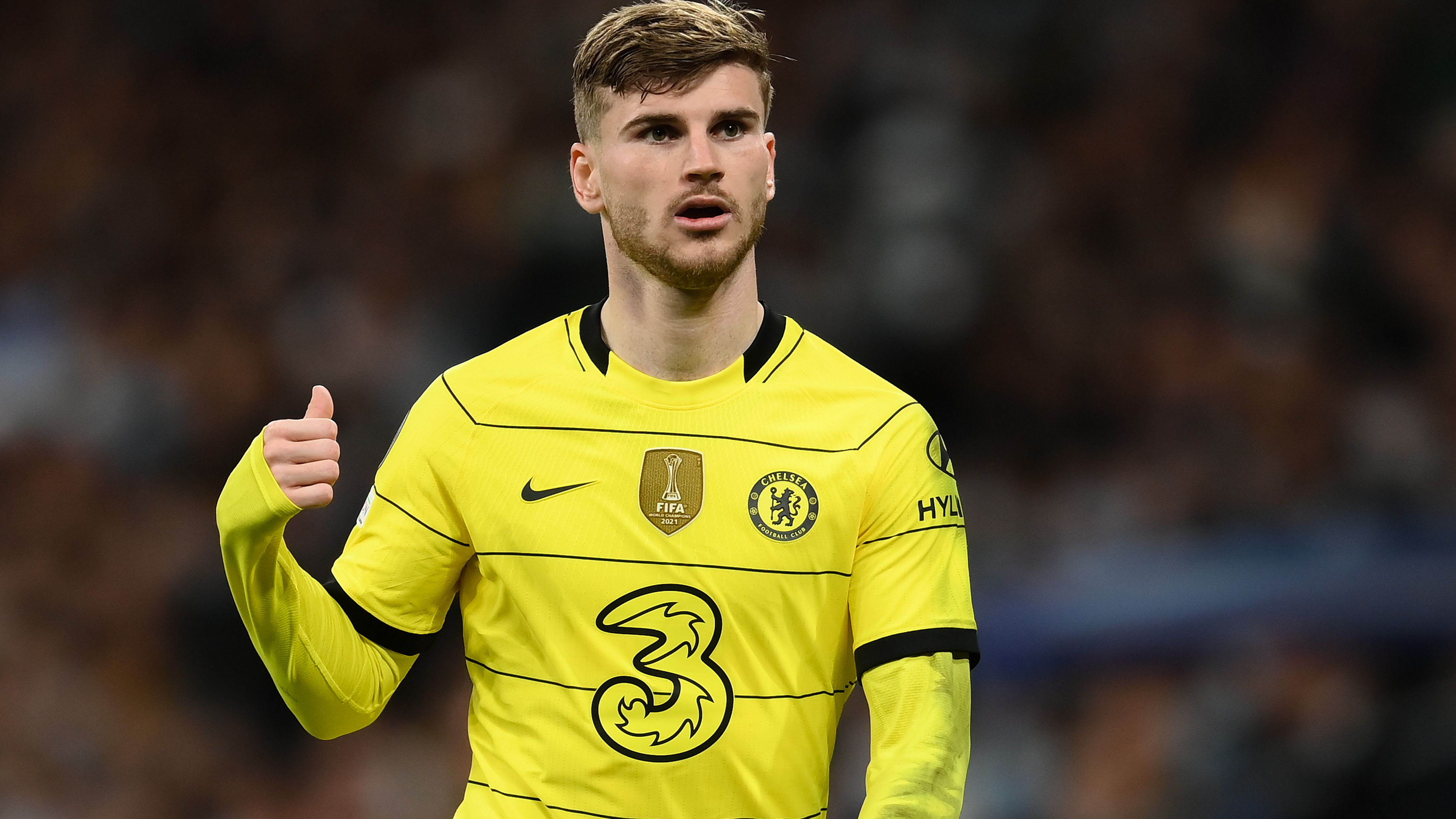
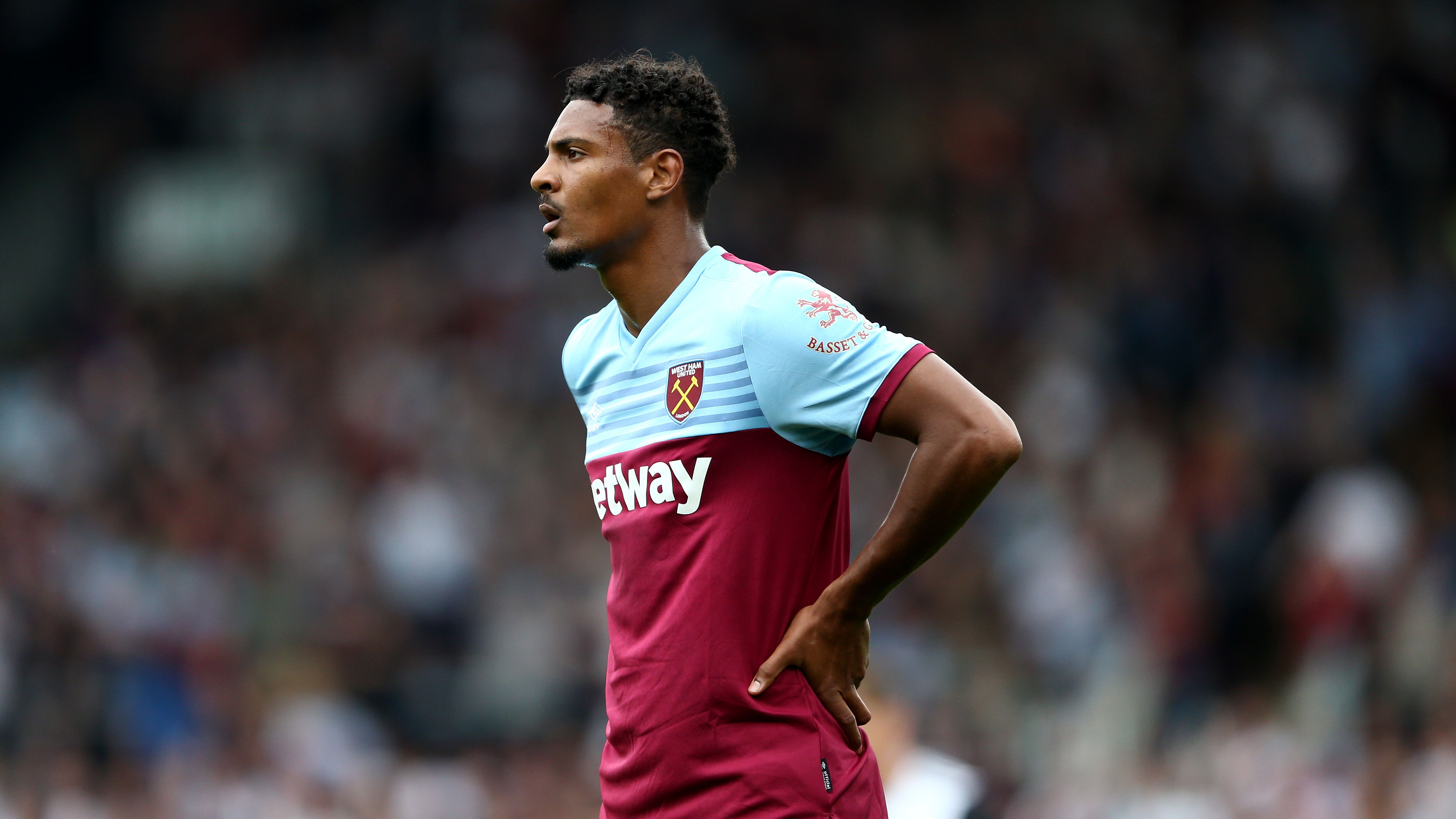

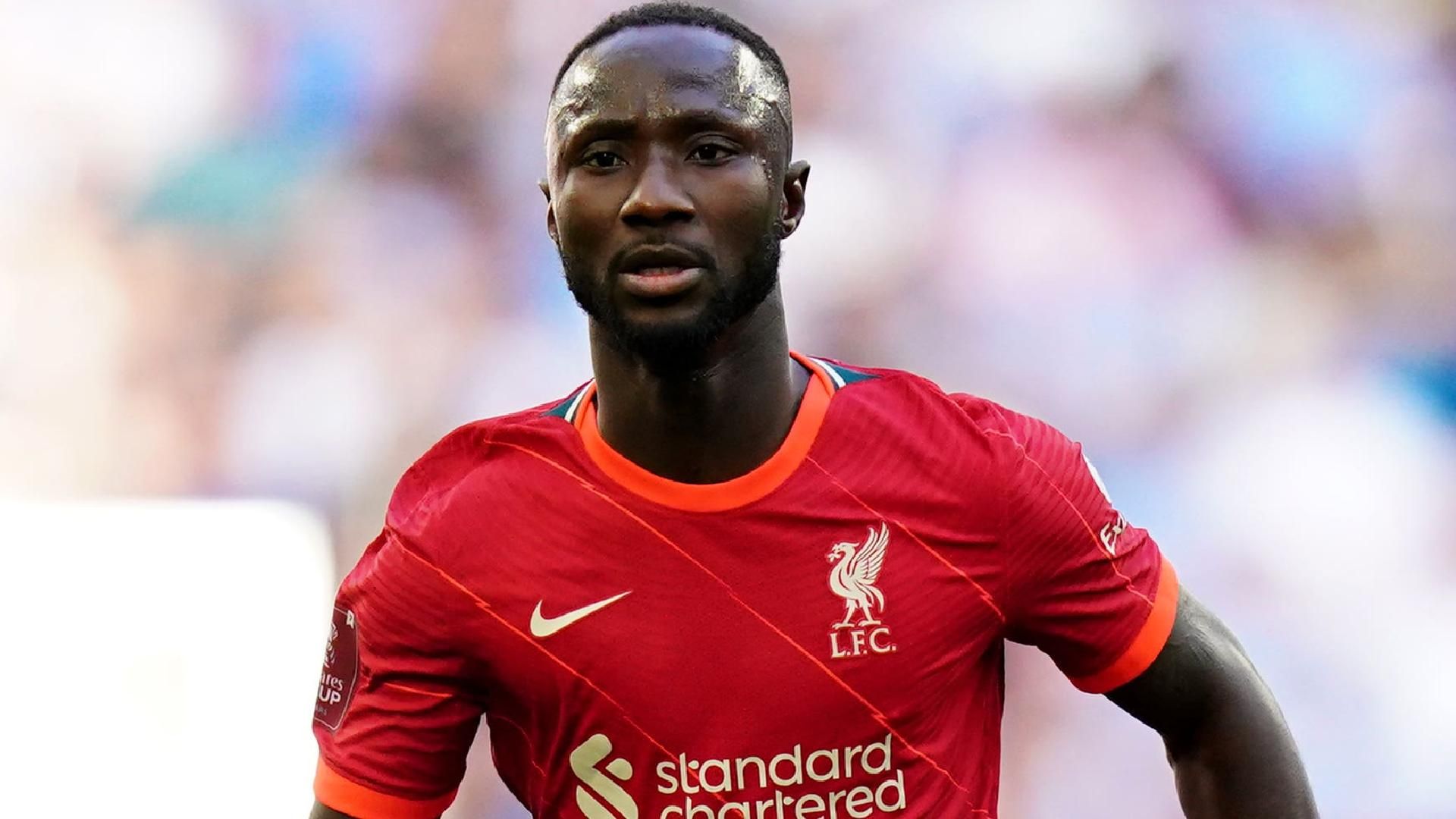
Exploring the Pitfalls: Why Bundesliga Talents Struggle in Premier League Transfers
As the latest wave of Bundesliga to Premier League transfer flops unfolds with players like Florian Wirtz and Xavi Simons facing early hurdles, it’s clear that the jump across leagues isn’t always smooth. These high-profile moves, costing clubs nearly £170 million, have only yielded one assist in 17 games, raising fresh doubts about how effectively German league stars adapt to England’s intense style.
Key Bundesliga to Premier League Transfer Disappointments
In recent times, several promising transfers from the Bundesliga have fallen short of expectations in the Premier League, highlighting the challenges of cross-league adaptation. While stars like Erling Haaland have thrived, others have not, leading clubs to rethink their scouting strategies in Germany.
Jadon Sancho’s Journey from Rising Star to English Setback
Borussia Dortmund spotted Jadon Sancho’s potential at 17 when they brought him from Manchester City’s youth setup, quickly integrating him into their senior squad. In four years, he emerged as a dynamic winger in Europe, amassing 107 goals and assists in 137 matches and winning a DFB-Pokal with peers like Haaland and Bellingham.
Yet, when Manchester United secured him in 2021 for a record fee, making him one of England’s priciest players, the anticipated impact never materialized. Ole Gunnar Solskjaer’s vision of added speed and ingenuity faded as Sancho managed just 12 goals, drawing more attention for conflicts with coaches like Erik ten Hag and Ruben Amorim. After stints at Dortmund and Chelsea, he’s now on loan at Aston Villa, where his natural ability is overshadowed by issues with mentality and physical demands, a stark contrast to his confident days in Germany.
Christopher Nkunku’s High Hopes Dashed by Premier League Demands
RB Leipzig benefited from Christopher Nkunku’s blend of speed, smarts, technical prowess, and finishing from 2019 to 2023, with 70 goals across competitions making him a key figure. Chelsea’s £52 million acquisition in 2023 was hailed as a smart move, but the Premier League’s faster pace overwhelmed him.
Injuries disrupted his flow at Stamford Bridge, and with Cole Palmer’s rise, his role diminished to sporadic appearances. By summer 2025, Nkunku moved to AC Milan with 18 goals from 62 games, leaving little regret among Chelsea supporters. Though he showed glimpses of excellence, his inability to withstand the physical toll and take control of matches marked him as ill-suited for England’s competitive environment.
Kai Havertz’s Versatile Talent Overlooked in New Surroundings
After shining at Bayer Leverkusen with 77 goals and assists, Kai Havertz attracted interest from Europe’s elite, with Chelsea clinching his transfer in 2020. Some likened him to Mesut Ozil, though his fit in the team was uncertain from the start.
While Leverkusen utilized his flexibility in midfield positions, Chelsea positioned him mainly as a forward, where he struggled. His debut season saw only four league goals, saved somewhat by a crucial Champions League final winner against Manchester City in 2021. Despite regular inclusion over the following years, doubts lingered, leading to his £65 million sale to Arsenal in 2023. There, inconsistency persisted, and by 2025, injuries have sidelined his progress, echoing his unfulfilled potential in England.
Christian Pulisic’s Early Promise Fading Under Pressure
Chelsea recruited Christian Pulisic from Borussia Dortmund in 2019, a move celebrated as a milestone for American players by figures like Taylor Twellman. Dortmund’s leadership praised his seamless skills, but Pulisic’s form dipped, losing his spot to Sancho due to fitness woes.
Critics, including BILD, warned of stagnation, and their predictions held true as Pulisic dealt with persistent injuries and Chelsea’s unstable recruitment. He earned medals in major tournaments and delivered standout performances, like a hat-trick against Burnley, but couldn’t maintain consistency. Eventually sold to Milan for a loss in 2023, he reflected on the mounting expectations that affected him, leaving uncertainty about his elite-level future amid Milan’s evolving standards.
Timo Werner’s Scoring Prowess Diminished in Transition
RB Leipzig’s Timo Werner, with 93 goals in 157 games including 28 in his last Bundesliga season, was viewed as a top striker when Chelsea activated his £45 million clause in 2020. However, shifted to the wing in London, his output plummeted to just 10 Premier League goals over two years, drawing mockery for missed chances.
Leipzig repurchased him for £20 million in 2022, and his later loan to Tottenham yielded only three goals, highlighted by a dressing-down from Ange Postecoglou. At 29, Werner’s opportunities have dried up, underscoring how the Premier League’s demands exposed his limitations.
Sebastien Haller’s Brief Shine and Quick Exit
Eintracht Frankfurt built a name for nurturing elite forwards, with Sebastien Haller exemplifying this after his £6 million arrival from Utrecht in 2017. He delivered 33 goals and 19 assists in two seasons, justifying the investment.
West Ham’s record bid for him in 2019 aimed to fill gaps left by departing strikers, but Haller’s isolated role limited his impact, ending with seven goals in 2019-20. Sold to Ajax for £18 million in 2021, he rebounded spectacularly, later moving to Dortmund and leading Ivory Coast to African glory despite personal health battles, making his English spell an anomaly.
Niclas Fullkrug’s Declining Form in London
Like Haller, Niclas Fullkrug arrived at West Ham as a proven Bundesliga scorer, tallying 15 goals for Dortmund in 2023-24 and contributing at Euro 2024. He believed working with Julen Lopetegui would maximize his output.
However, at 31, his production dropped to three goals in 24 appearances, as both Lopetegui and Graham Potter struggled to utilize him effectively. With West Ham eyeing survival under Nuno Espirito Santo, Fullkrug’s agent is seeking a January departure, citing the transfer’s failure. His injury issues and candid criticisms, such as after a draw with Southampton, have only highlighted his own underwhelming contributions.
Naby Keita’s Unreliable Stint in Midfield
Liverpool shattered their record to acquire Naby Keita from RB Leipzig, entrusting him with the legendary No.8 shirt from Steven Gerrard. Jurgen Klopp lauded him as a well-rounded midfielder based on his pivotal 2016-17 season and Champions League showings.
Yet, Keita’s susceptibility to injuries and the Premier League’s heightened physicality meant he featured in just 47 percent of Liverpool’s games from 2018 to 2023. Though creative at times, his defensive lapses were exploited, leading to his free transfer to Werder Bremen in 2023 and eventual obscurity on loan at Ferencvaros after disciplinary issues.
Potential Transfers of Florian Wirtz
Florian Wirtz: A Rising Star in the Bundesliga
Florian Wirtz, the young German attacking midfielder at Bayer Leverkusen, has been making waves with his creative flair and vision on the pitch. As of 2025, Bundesliga transfer rumors have linked Wirtz to top Premier League clubs like Liverpool and Manchester City, drawn to his ability to dictate games and score crucial goals. Wirtz’s potential Premier League transfer could be a game-changer, especially as he continues to shine in high-stakes matches. Experts highlight his Bundesliga-to-Premier League potential as a smart move for teams seeking youthful talent in key positions.
What Makes Wirtz an Attractive Transfer Target?
- Technical Skills and Stats: Wirtz boasts an impressive assist record and dribbling accuracy, making him a prime candidate for Premier League teams needing midfield creativity. In the 2024-2025 season, he’s contributed over 10 goals and assists, underscoring his value in Bundesliga transfer talks.
- Age and Development Potential: At just 22, Wirtz represents a long-term investment, similar to how other young Bundesliga stars have transitioned. His adaptability could help him thrive in the fast-paced Premier League environment.
- Club Interest and Transfer Fees: Reports suggest a transfer fee upwards of €100 million, reflecting the high stakes in Bundesliga-to-Premier League deals. This positions Wirtz as a potential cornerstone for any squad looking to boost their attacking options.
Potential Transfers of Xavi Simons
Xavi Simons: The Versatile Dutch Talent
Xavi Simons, currently impressing at RB Leipzig, is another hot topic in Bundesliga transfer discussions. The 22-year-old Dutch playmaker has shown his worth with precise passes and dynamic runs, attracting attention from Premier League giants like Arsenal and Tottenham. A potential move for Simons could signal a shift in how clubs approach Bundesliga-to-Premier League transfers, focusing on players who offer versatility across midfield and attack.
Key Factors Driving Simons’ Potential Transfer
- Performance Highlights: Simons has notched double-digit contributions in goals and assists during the 2024-2025 Bundesliga season, making him a sought-after asset for Premier League sides aiming to enhance their squad depth.
- Adaptability to Premier League Style: His experience in multiple leagues, including time at Paris Saint-Germain, suggests he could handle the physical demands of English football, potentially avoiding the pitfalls seen in past Bundesliga transfers.
- Market Dynamics: With transfer windows heating up, Simons’ fee is rumored to be around €80 million, emphasizing the growing trend of lucrative Bundesliga-to-Premier League deals and the risks involved in such high-profile moves.
The Eight Most Notable Bundesliga-to-Premier League Transfer Disappointments
Why These Transfers Fell Short
Bundesliga-to-Premier League transfers often promise excitement, but not all pan out as hoped. Here, we dive into eight high-profile cases where players struggled to adapt, serving as cautionary tales for potential moves like those of Wirtz and Simons. These disappointments highlight common issues such as injury woes, tactical mismatches, and cultural adjustments in the Premier League landscape.
Top Disappointments: A Detailed Breakdown
- Timo Werner (RB Leipzig to Chelsea, 2020):
Werner arrived with a prolific Bundesliga scoring record, but injuries and missed chances hampered his Premier League output. Over two seasons, he scored just 23 goals, falling short of expectations and leading to his exit.
- Key lessons: The Premier League’s intensity exposed his finishing inconsistencies, a red flag for future Bundesliga transfers.
- Kai Havertz (Bayer Leverkusen to Chelsea, 2020):
As a creative force in the Bundesliga, Havertz was expected to shine, but adaptation issues and form dips limited him to 19 goals in his first two years. This case underscores the pressure of big-money moves.
- Bullet points on impact: Frequent benchings due to tactical fit problems; eventual improvement, but initial disappointment affected team dynamics.
- Serge Gnabry (Arsenal from Hoffenheim, 2012-2016, via loan):
Gnabry’s early Premier League spell was marred by limited playing time and loans back to Germany, preventing him from establishing himself. He returned to the Bundesliga stronger, but his Arsenal tenure was a letdown.
- Reasons for failure: Youth and inexperience clashed with the Premier League’s demands, highlighting the need for patient development in cross-league transfers.
- Andriy Yarmolenko (Borussia Dortmund to West Ham, 2018):
Yarmolenko’s Bundesliga form didn’t translate, with injuries sidelining him and restricting him to only seven goals in his first two seasons. This transfer disappointment emphasized fitness challenges in the Premier League.
- Additional notes: His speed and skill were evident, but adaptation to English weather and style slowed his progress.
- Benedikt Howedes (Schalke to Everton, 2017, on loan):
As a solid Bundesliga defender, Howedes struggled with injuries and poor form, playing just 10 games before returning to Germany. It was a classic case of defensive stars not adjusting to Premier League pace.
- Why it failed: Lack of consistent minutes eroded his confidence, a common theme in Bundesliga-to-Premier League shifts.
- Naby Keita (RB Leipzig to Liverpool, 2018):
Keita’s dynamic midfield play in the Bundesliga excited fans, but persistent injuries meant he started only 55 games in four years, underperforming relative to his £52 million fee.
- Breakdown: Medical issues and competition for spots highlighted the physical toll of Premier League football on Bundesliga talents.
- Mat Hummels (Borussia Dortmund to initially Bayern, but relevant context to PL aspirations):
While not a direct PL move, Hummels’ career trajectory shows how top Bundesliga defenders like him faced adaptation hurdles elsewhere, serving as a proxy for potential PL disappointments. He never made the jump, but similar players have struggled.
- Factors: Age and tactical differences could have led to failure, as seen in comparable cases.
- Leroy Sane’s Early Struggles (Schalke to Manchester City, 2016):
Sane started strong but dealt with inconsistency and injuries, taking time to fully adapt. Though he eventually succeeded, his initial seasons were disappointing, illustrating the learning curve for Bundesliga wingers.
- Key takeaways: Mental resilience was crucial; this example warns of the high stakes in Premier League winger transfers from the Bundesliga.
These examples provide valuable insights for fans tracking potential Bundesliga-to-Premier League transfers like those of Wirtz and Simons, emphasizing the importance of thorough scouting and player support. By learning from these cases, clubs can better navigate the risks, ensuring smoother transitions for future stars. (Word count: 812)



